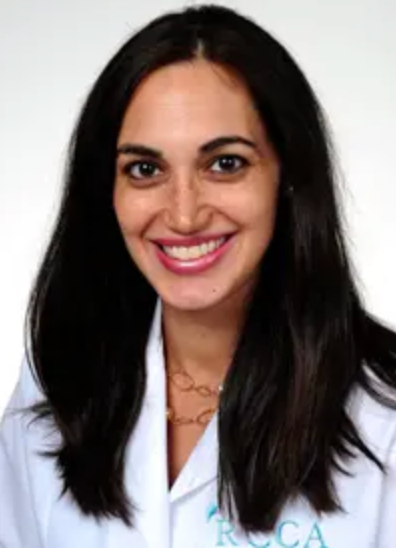Novel Agents Gain Traction in the Treatment of Multiple Myeloma
Noa Biran, MD, discusses her predictions for where the field of multiple myeloma is headed as well as some of these agents that have generated excitement for patient populations that are currently an unmet need.
Noa Biran, MD

Despite the emergence of quadruplets in the up-front treatment of patients with multiple myeloma, triplets are likely going to continue to play a role, explained Noa Biran, MD, who added that in the relapsed/refractory setting, the focus will be tailoring bispecific T-cell engagers (BiTEs), CAR T-cell therapy, and cereblon E3 ligase modulators (CELMoDs) to patients based on risk stratification.
“In the future, we’re really going to be personalizing treatment based on genetics of the disease. We’re going to better stratify our patients in terms of standard- and high-risk disease and find novel therapies that target that high-risk population, which is really the most vulnerable,” said Biran, a physician at John Theurer Cancer Center of Hackensack University Medical Center, in an interview with OncLive® during an Institutional Perspectives in Cancer webinar on multiple myeloma.
The virtual meeting covered frontline therapy in multiple myeloma, combinations in the relapsed/refractory setting, CAR T-cell therapy, and other novel treatments in the pipeline.
In the interview, Biran, who chaired the event, discussed her predictions for where the field of multiple myeloma is headed as well as some of these agents that have generated excitement for patient populations that are currently an unmet need.
OncLive®: Kicking off with some of the novel therapies in the pipeline,what are you most excited about?
Biran: The different immunotherapies and the BCMA-directed agents [are exciting] as are the novel ways of administering allogeneic CAR T-cell therapy off-the-shelf. [Additionally,] the different targets for CAR T-cell therapy, so multi-targeted CD19 plus BCMA products or the anti-SLAMF7 CAR T-cell therapy is certainly intriguing and has excellent preliminary data.
With better risk stratification, are we still going to use triplets, or are we going to move towards quadruplets entirely?
Quadruplets certainly have a role, [but] I don’t think that they are the answer [for all patients]. I don’t think changing from triplet to quadruplet-based induction is really going to translate, in the big picture, to prolonged survival. Even with triplets, we’re seeing very deep remissions and very high response rates. What happens later is more important.
Shifting to your presentation on the treatment landscape in relapsed/refractory multiple myeloma, what is the most important takeaway?
In the relapsed/refractory setting, there are certainly a lot of treatment options. What’s most exciting are the BiTEs in terms of single-agent activity, even though the studies are only in phase 2, [because we know] things can change rapidly. We’re seeing significant response rates in penta-refractory and heavily pretreated patients [with these agents].
[In terms of toxicity], there is cytokine release syndrome as we see in patients who receive CAR T-cell therapy, but maybe not as severe and more manageable. Certainly, we can treat these patients as outpatients, and we’re seeing excellent response rates. I’m excited to see what happens when we start combining these bispecifics [with other agents].
What might some of those combinations be?
My first guess would be with immunomodulatory drugs. We’re going to have new agents that were discussed, such as iberdomide [CC-220], CELMoDs, checkpoint inhibitors and different targets for checkpoint inhibitors, such as anti-TIGIT and anti-LAG3, [that may be given] pre- or post-CAR T-cell therapy as bridging. There is a big gap that must be filled.
In terms of CAR T-cell therapy, the first BCMA-directed CAR T-cell therapy is now approved with idecabtagene vicleucel (ide-cel; Abecma). Have you had any experience with that therapy in the clinic yet?
We have had experience. We have treated patients commercially who have, so far, done OK overall. [However,] the manufacturing capacity is limited at this point. That may change, and I think there are plans for how manufacturing can increase. But right now, we are certainly limited by slot availability. There are more patients that need the treatment than there are slots.
Does transplant still have a role to play in the up-front treatment of patients with multiple myeloma?
The [goal] is [to get] a deep remission right away so that it can translate into a longer progression-free survival. I don’t think that transplant has fallen out of favor. Almost all the studies presented consistently show a benefit with up-front autologous stem cell transplant.



